Roman Warships
£2.00
This lesson looks at the warships, especially the triremes, used by the Romans in their invasion of Britain in 55 BC. It also considers the fact that the Romans were brilliant copycats.
As well as English and history skills the Evidence-Based Learning skills developed in this lesson includes collaborative learning. This lesson also offers pupils the opportunity to master peer teaching.
Description
Each evidence-based learning (EBL) Roman history resource in this set is a complete lesson which uses the history curriculum as a framework through which each of the eight EBL skills can be mastered. Each resource has “mastering” one EBL skill as its central focus and all eight EBL skills are covered more than once in these lessons.
All eight EBL skills are better gained working with a partner so much of the work in these lessons is collaborative. These resources will ensure that pupils can master and use EBL skills regardless of their ability.
Each Roman history lesson will develop a single EBL skill through:
1) A “Before You Start” page that introduces the EBL skill.
2) Opportunities to master this skill during the lesson.
3) An “After You Finish” page that offers pupils the chance to evaluate their learning experience (of the lesson and the EBL skill) and to identify their next step in using the EBL skill.
The skills in bold below are all the EBL skills developed in this Roman lesson. Click on each skill to learn more about that skill.
- Collaboration
- Thinking Skills
- Peer Assessment
- Peer Teaching
- Self-Assessment
- Metacognition
- Self-Regulation
- Independent Learning
1 review for Roman Warships
Only logged in customers who have purchased this product may leave a review.



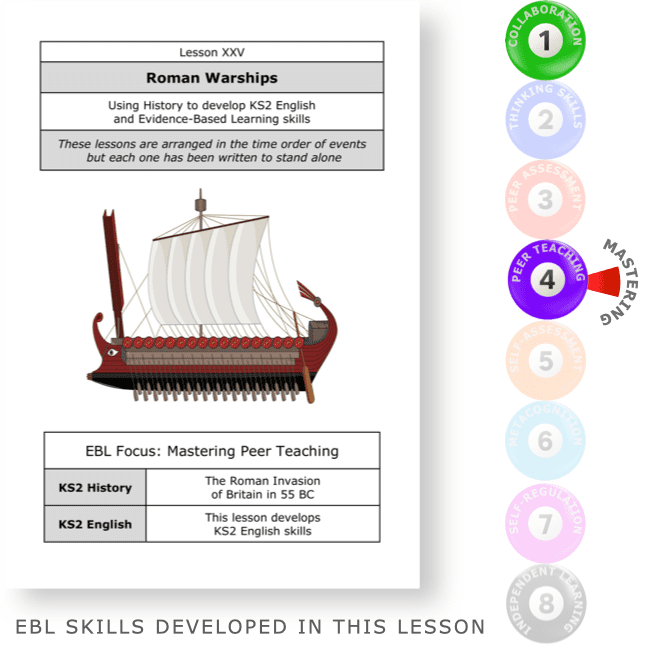
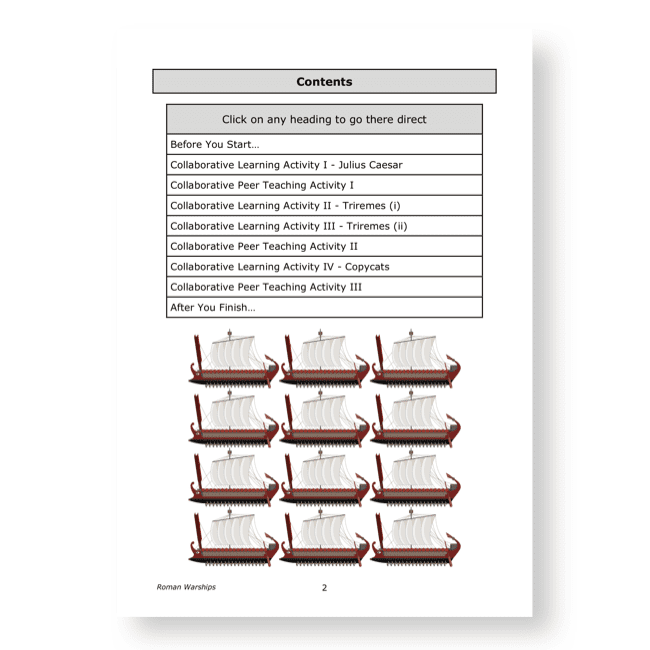
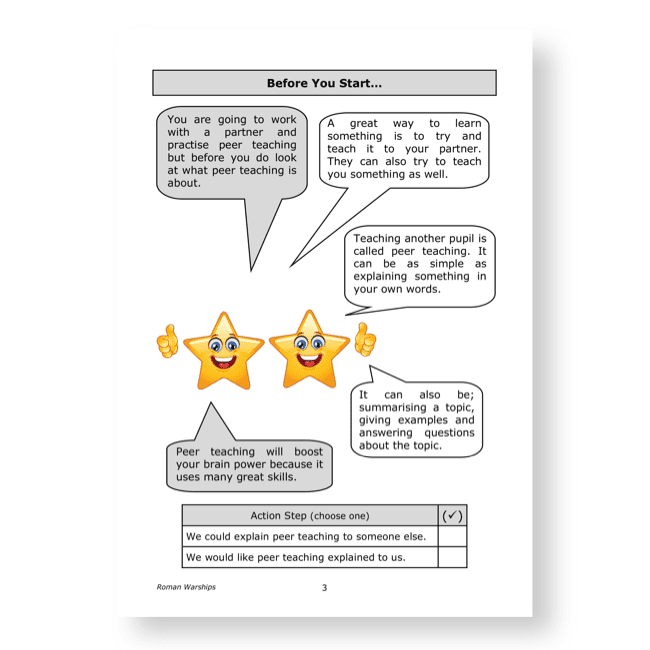

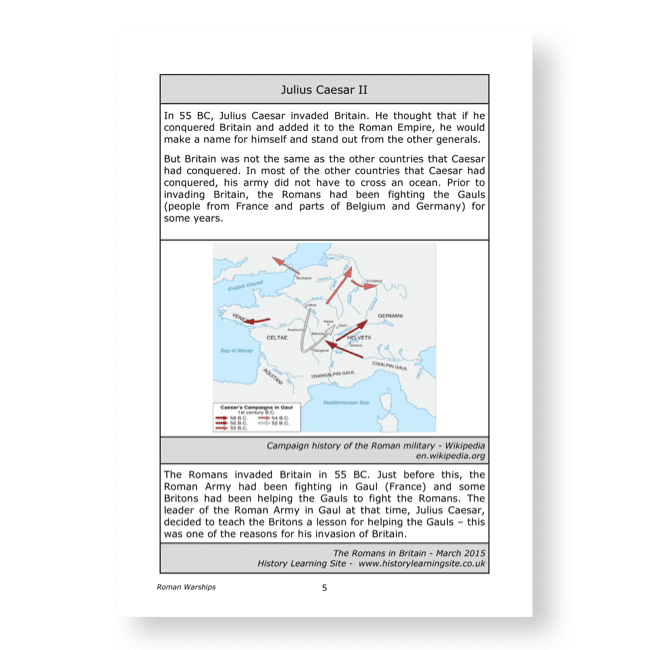

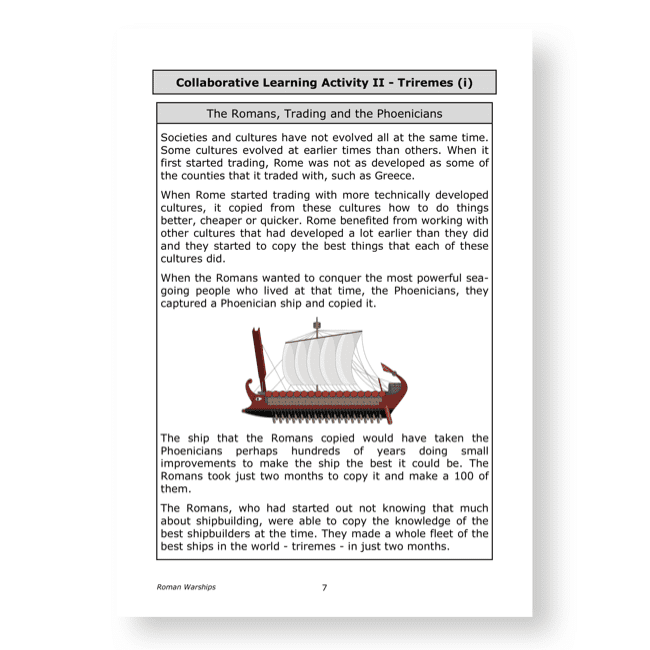
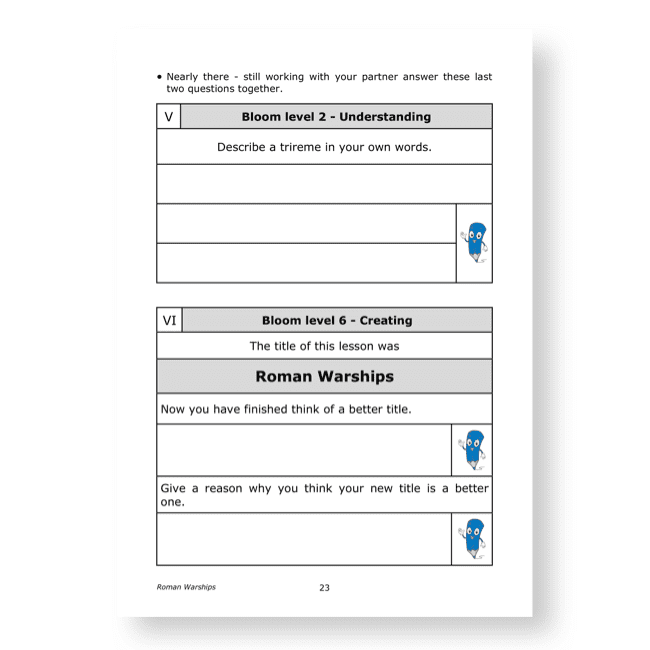
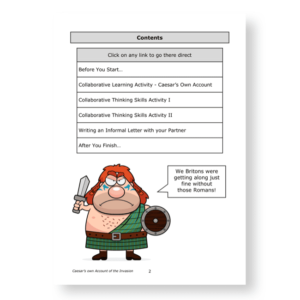




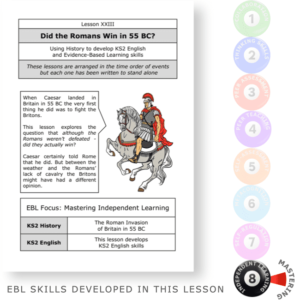

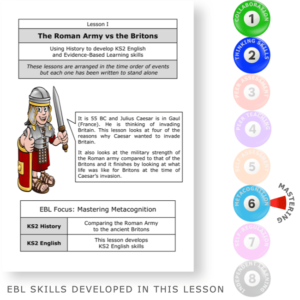
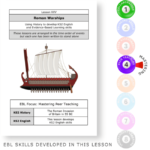
Philipem (verified owner) –
We asked a.i. to review this lesson. This is what it said:
End Your Roman Unit with This Engaging Warship Lesson
Looking for a engaging way to wrap up your Roman Britain unit for upper KS2 students? Check out the lesson “Roman Warships” as the culminating activity in the comprehensive evidence-based teaching resource series.
This multi-layered lesson dives into the innovative trireme warships that allowed the Romans to invade Britain successfully in 55 BC. Students will learn fascinating details like how the Romans brilliantly copied and rapidly produced these advanced ships from the Phoenicians. The lesson also explores the brutal fighting strategies and limited sailing range of the triremes.
By working through the background information and collaborative activities centred around triremes, students will:
– Build knowledge of a key technological advantage for the Roman invasion forces
– Analyse evidence from primary source accounts about trireme design and use
– Develop skills like summarising, labelling diagrams, and describing in their own words
– Practice peer teaching skills by explaining topics to partners
– Experience the benefits of collaborative learning throughout
The Evidence-Based Learning emphasis on peer teaching is perfectly woven into the activities, providing valuable practice for students. As with each lesson, one specific EBL technique is highlighted to progressively build those critical skills.
Whether you’re teaching an ancient civilizations unit in History or want to incorporate engaging topics like trireme warships into your literacy lessons, this resource makes an excellent final lesson. Wrap up your Roman Britain unit in a memorable way!